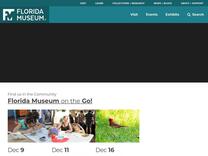Caribbean Reef Shark – Discover Fishes https://www.floridamuseum.ufl.edu/discover-fish/species-profiles/caribbean-reef-shark/
Carcharhinus perezi This sturdy shark is abundant in the Caribbean, and because of its average features, is often confused with other requiem sharks. Usually growing 6.5 to 10 feet long, these are the apex predator of their food web. They have been found ’sleeping‘ in caves and on the ocean floor
studied in the northern hemisphere, but to the south, parturition occurs during the Amazon

